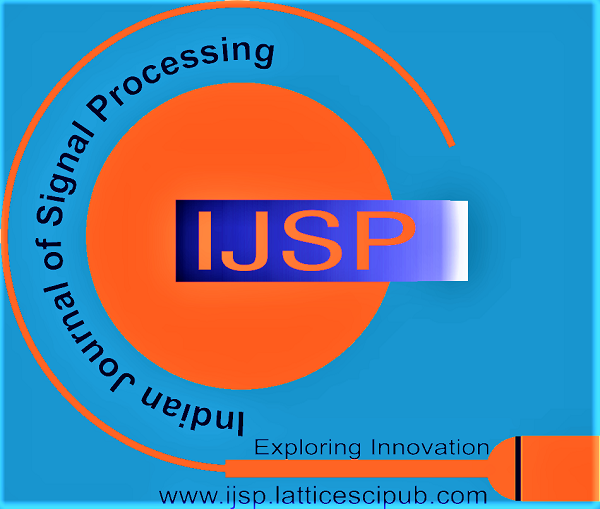![]()
Performance Analysis of Cognitive Radios in a Cooperative Scheme over Nakagami Fading Channels
Sk Shariful Alam1, Shishir Mallick2, Al-Zadid Sultan Bin Habib3
1Sk Shariful Alam, Astrocent, Nicolaus Copernicus Astronomical Center(CAMK-PAN), Warsaw, Poland.
2Shishir Mallick, Department of ECE, KUET, Khulna, Bangladesh.
3Al-Zadid Sultan Bin Habib, Department of ECE, KUET, Khulna, Bangladesh.
Manuscript received on 31 July 2021 | Revised Manuscript received on 07 August 2021 | Manuscript Accepted on 15 August 2021 | Manuscript published on 30 August 2021 | PP: 8-14 | Volume-1 Issue-3, August 2021 | Retrieval Number: 100.1/ijsp.C1009081321 | DOI: 10.54105/ijsp.C1009.081321
Open Access | Ethics and Policies | Cite | Mendeley | Indexing and Abstracting
© The Authors. Published by Lattice Science Publication (LSP). This is an open access article under the CC-BY-NC-ND license (http://creativecommons.org/licenses/by-nc-nd/4.0/)
Abstract: Radio spectrum is a primary requisite for wireless technologies and sensor networks. Due to the high demand and expense of the radio spectrum, it is guaranteed to extend its efficient utilization it. To expand the effective operation and serviceability of the radio spectrum in wireless communications, the notion of Cognitive Radio (CR) is presented in where the licensed spectrum of Primary User (PU) is used opportunistically by unlicensed CR users without interfering with the prioritized PU data transmission. Usually, a CR system is applied to detect empty radio bands by exploiting well-known spectrum sensing schemes and then unused spectrum is opportunistically used by the CR system. Various channels fading of the radio environment are to be considered while introducing different spectrum sensing approaches. In this regard, sensing time to find a vacant radio spectrum should be maintained minimum to reliably get the desired throughput. In this paper, an agreement issue is addressed between the time required for effective spectrum sensing and the achievable throughput of the CR network. Our proposed model illustrates the achievable throughput of CR node in cooperation provides better performance than stand-alone CR node. This is achieved by addressing the variation of the number of nodes under the Nakagami fading distribution. In conclusion, the maximum throughputs of the cooperative CR nodes are guaranteed as per simulation and data analysis.
Keywords: Cognitive radio, Spectrum sensing, Nakagami Fading distribution, Fusion rule, Achievable throughput.
Scope of the Article: Signal Processing
